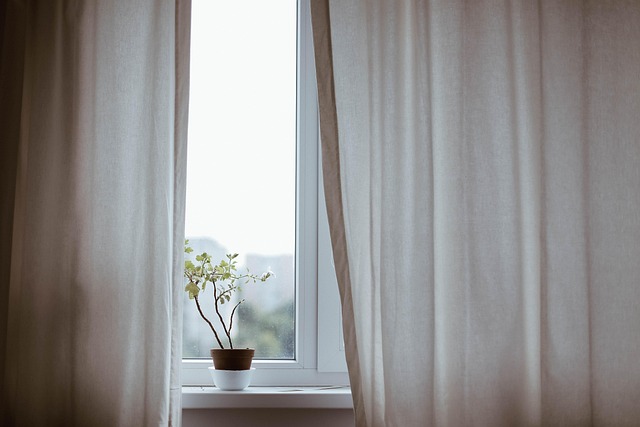As urban areas continue to expand, the need for nature-friendly urban design becomes increasingly crucial. Cities around the world are beginning to recognize that embracing eco-friendly gardening and nature preservation not only beautifies their landscapes but also promotes healthier living environments for their inhabitants.
Imagine walking through vibrant neighborhoods where the air is fragrant with the scent of blooming flowers. This idyllic scene is becoming a reality as city planners and designers are incorporating nature-focused elements into urban settings. Green spaces, community gardens, and flower-filled parks are not just aesthetic choices; they are essential for fostering wildlife, improving air quality, and enhancing the overall well-being of city residents.
Gardening initiatives in urban settings provide a hands-on way for communities to engage with nature. City dwellers can plant a variety of native flowers, essentially creating miniature ecosystems that support pollinators like bees and butterflies. These local gardens not only brighten up the concrete jungle but also help maintain biodiversity in our cities. By promoting the use of native plants, we can ensure that urban gardens thrive with minimal intervention, making them a sustainable addition to the urban fabric.
Moreover, the integration of eco-friendly design principles into city planning means that we can effectively reduce our ecological footprint. Green roofs adorned with flowering plants can help regulate temperature and manage stormwater runoff, offering a win-win solution for both the environment and urban infrastructure. By choosing to incorporate greenery into buildings and public spaces, cities are taking significant steps toward fostering a healthier atmosphere.
Nature-friendly urban design also encourages residents to connect with their environment. Flowering plants can transform neglected spaces into vibrant community gathering spots, promoting social interactions among diverse groups. Walking paths lined with wildflowers and trees create inviting atmospheres that encourage physical activity and mental health benefits. The presence of nature in urban life can reduce stress and improve mood, making flowers a key component in the pursuit of happiness within our cities.
As we embrace the importance of eco-conscious gardening and flower-filled urban spaces, it’s clear that these initiatives are more than just trends—they’re a commitment to sustainability and the health of our planet. By nurturing our cities with an abundance of blooms, we create sanctuaries that invite all to breathe easier and live better.




